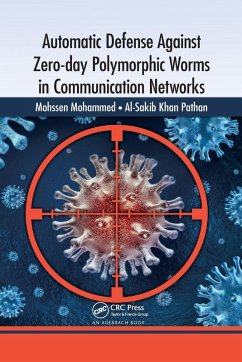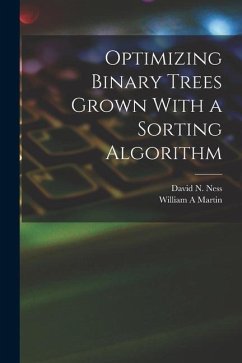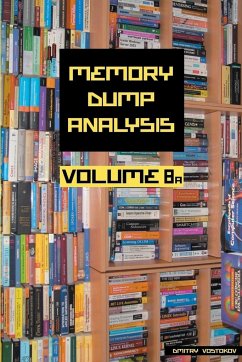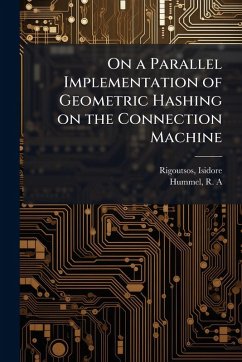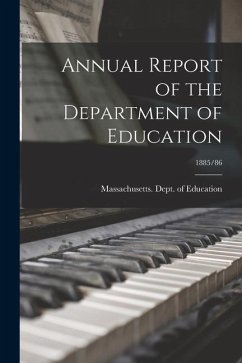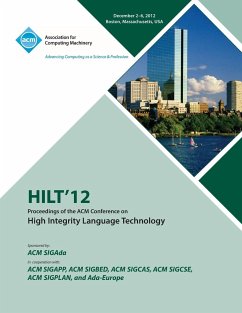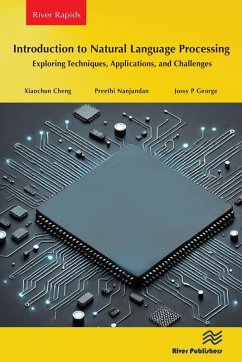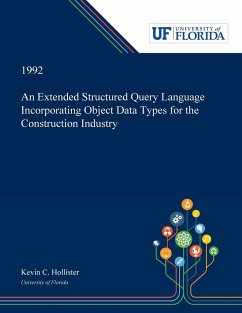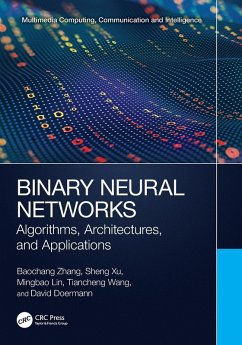
The Automatic Identification of Text During the Disassembly of Binary Machine Language
Versandkostenfrei!
Versandfertig in über 4 Wochen
15,99 €
inkl. MwSt.
Weitere Ausgaben:

PAYBACK Punkte
8 °P sammeln!
The goal of the research presented was to find a way to effectively identify text data and instructions in a machine language program written for Intel's 80 x 86 architecture and Microsoft's Disk Operating System (MS-DOS) following the command (.com) file format. A review of disassembler technology suggested that a pattern matching technique could be an effective technique for identifying text data in a machine language file. A series of tests were conducted to determine the effectiveness of a pattern matching technique. Results from the tests suggest that using a pattern matching technique is...
The goal of the research presented was to find a way to effectively identify text data and instructions in a machine language program written for Intel's 80 x 86 architecture and Microsoft's Disk Operating System (MS-DOS) following the command (.com) file format. A review of disassembler technology suggested that a pattern matching technique could be an effective technique for identifying text data in a machine language file. A series of tests were conducted to determine the effectiveness of a pattern matching technique. Results from the tests suggest that using a pattern matching technique is effective at identifying text data in a binary machine language file. The pattern matching algorithm presented in this research was eighty-six percent effective at identifying text data in fifteen test machine language files written for MS-DOS following the .com format. This work has been selected by scholars as being culturally important, and is part of the knowledge base of civilization as we know it. This work was reproduced from the original artifact, and remains as true to the original work as possible. Therefore, you will see the original copyright references, library stamps (as most of these works have been housed in our most important libraries around the world), and other notations in the work. This work is in the public domain in the United States of America, and possibly other nations. Within the United States, you may freely copy and distribute this work, as no entity (individual or corporate) has a copyright on the body of the work. As a reproduction of a historical artifact, this work may contain missing or blurred pages, poor pictures, errant marks, etc. Scholars believe, and we concur, that this work is important enough to be preserved, reproduced, and made generally available to the public. We appreciate your support of the preservation process, and thank you for being an important part of keeping this knowledge alive and relevant.



